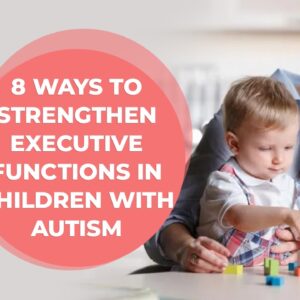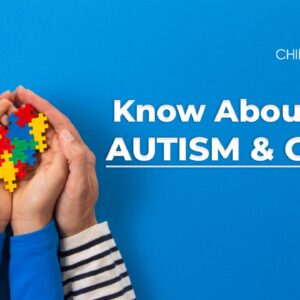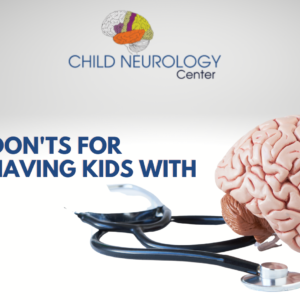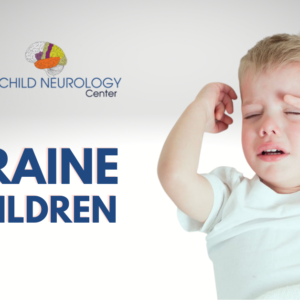The current fact is that Epilepsy sufferers can still lead full and productive lives despite the fact that there is currently no cure for the disorder. A patient can remain active and have a high quality of life with the proper care, safeguards, and knowledge of what to do and not do. Finding a highly...
Author: child-neurology
8 Ways to Strengthen Executive Functions in Children with Autism
Each person need executive functioning at a fundamental level in order to attain goals, block out distractions, organize work, and restrain impulses. Executive functioning issues will affect a person’s capacity to complete daily duties successfully. Executive function plays a role in almost everything we do. According to certain studies, executive functioning dysfunction may affect more...
Cerebral palsy- genetic, congenital, or acquired? Explained
The cerebral palsy spectrum of disorders affects posture, muscle tone, and movement. The abnormal brain growth or damage that causes CP can occur before birth, during labor and delivery, in under a month of birth or during a child’s first few years of life while the child is young. Generally speaking, cerebral palsy results in...
Brain Foods for Kids because Food matters
You want to make sure your kids eat healthily if you have kids or are in charge of raising them so they can spend as healthful of lives as possible. All wellness areas depend on proper nutrition, including the brain’s growth and operation. In fact, by the age they are two years old, a child’s...
Know About Autism & Genes
Most of the risk for Autism is passed down through the family tree. More than 100 gene mutations have been linked to the disease. In addition to detecting mutations and structural changes that may contribute to Autism, four different types of tests are available. The tests for Autism have gotten increasingly accurate as researchers have...
CEREBRAL PALSY- GENETIC, CONGENITAL, OR ACQUIRED? EXPLAINED
Several diseases affect the neurogenic and motor functions of an individual. Out of these, cerebral palsy is considered the most dangerous and life-threatening one. It is a medical condition where the person loses complete control of motor activities due to neural damage in the cerebrum and cerebellum. It mainly happens in children when the impact...
Tips for Pregnant Women to Reduce the Risk of Neurological Birth Defects
It is the desire of every woman to give birth to a healthy baby. Motherhood is a pleasurable experience that every woman can possibly wish to have. However, expectant mothers may worry about the health and safety of the baby. When you know you are pregnant, physical and mental care of yourself becomes even more...
Dos and Don’ts for parents having kids with epilepsy
Every parent loves and adores their kids from the bottom of their heart. But what if their kids have a complaint of epilepsy? Then the peace goes away from their life. There is always fear in the heart and mind about what will happen if they are not present in that situation with their child....
Migraine in Children
A migraine is a mild to severe headache that typically lasts between two and forty-eight hours. It generally happens two to four times each month. Also, a migraine is sometimes known as an acute recurring headache. Furthermore, the fact is that it affects around 3% of preschool children and 4%–11% of elementary school children. Also,...
Neurocysticercosis: An Overview
Neurocysticercosis or NCC is mainly a disorder of the brain and its layers caused by the larval phase of “tapeworm Taenia sodium.” It is also a widespread helminthic infestation in the main nervous system. Also, it is a prominent reason for developing epilepsy around the world. Hence, NCC generates neurological disorders that differ from an...










